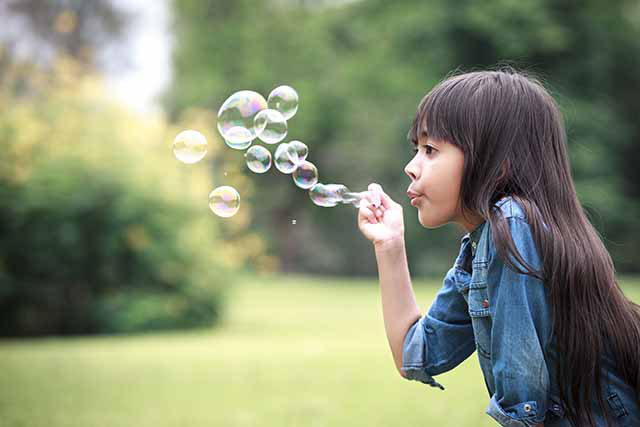


KickStart can
help your child
focus

KickStart’s certified therapists provide both one-on-one and group attention to children under 18 who struggle with learning and focusing their attention. We provide a fun and safe environment for them to grow and learn.
START TO BE GREAT!
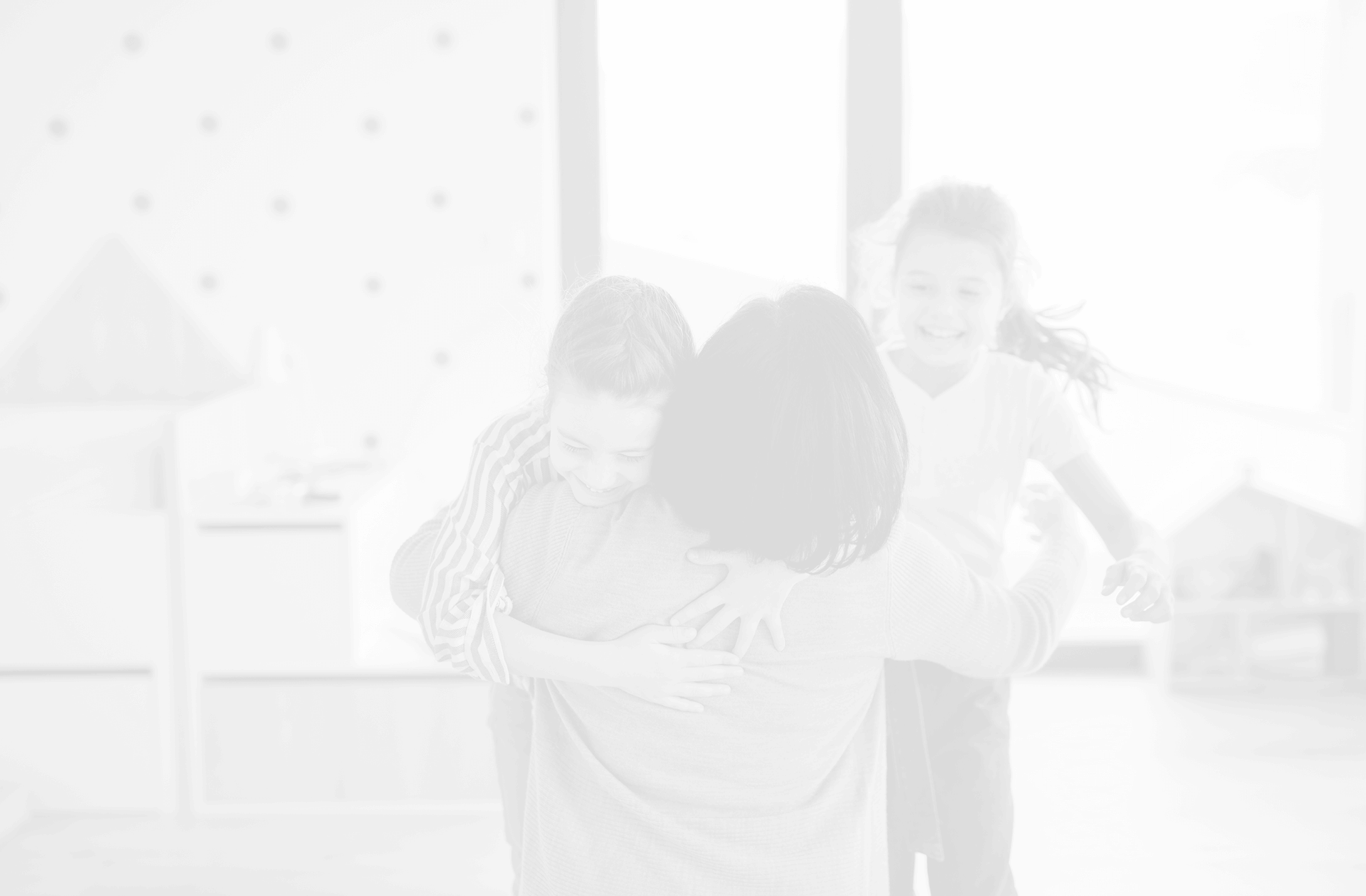
LEADING CHILDREN TO A BRIGHTER FUTURE
LEADING CHILDREN TO A BRIGHTER FUTURE
LEADING CHILDREN TO A BRIGHTER FUTURE
LEADING CHILDREN TO A BRIGHTER FUTURE
LEADING CHILDREN TO A BRIGHTER FUTURE
LEADING CHILDREN TO A BRIGHTER FUTURE
LEADING CHILDREN TO A BRIGHTER FUTURE
LEADING CHILDREN TO A BRIGHTER FUTURE
LEADING CHILDREN TO A BRIGHTER FUTURE
LEADING CHILDREN TO A BRIGHTER FUTURE

The power of occupational therapy
Occupational Therapy is a series of both physical and mental exercises designed to help children who have difficulty in their day to day life. Our program focuses on fun activities – what children would view as “playing” – that help children develop the skills they need to adapt and help alleviate those challenges.
Occupational Therapy for children

The power of occupational therapy
Occupational Therapy is a series of both physical and mental exercises designed to help children who have difficulty in their day to day life. Our program focuses on fun activities – what children would view as “playing” – that help children develop the skills they need to adapt and help alleviate those challenges.
Occupational Therapy for children
Our characteristics
An officially certified team of occupational therapists and internationally recognized professional treatments precisely analyze the fundamental issues of children, designing one-on-one and small group courses that combine creativity and therapeutic effectiveness.

Professional and diverse
Introduce high-end professional technology, keep pace with the times, and lead the industry.
Hundreds of treatment aids
Provide the most appropriate exclusive treatment for children
A spacious space
A safe and comfortable environment makes children fall in love with the course.
Parents accompany them to class
Master the progress of the treatment, learn the method, and extend the effect to the family.
National-level awards
Course services awarded national certification
Service Target

Service Target

Emotional disorder
Emotional disorders refer to significant abnormalities in a child's long-term internal emotions or outward behaviors that affect their daily life and are not caused by factors such as intelligence, sensory, or health issues. Helping children develop good emotional management and control skills can enable them to successfully overcome challenges and stress, which contributes to building healthy and positive interpersonal relationships.



Autism
Autistic Spectrum Disorder (ASD) is a developmental disorder caused by congenital brain function impairment, with symptoms typically appearing before the age of three. The characteristics of autism primarily manifest in social interaction, communication expression, and restricted and repetitive behaviors. These traits are innate, and early diagnosis and intervention can improve symptoms, enhance quality of life, and facilitate better integration into society in the future.



Attention deficit
From eating, drinking, playing, self-care, social activities to academic learning at school, attention levels affect a child's performance in these activities. There are many possible causes for lack of attention, including sensory regulation ability, self-regulation ability, low muscle tone, and so on. Therefore, it is necessary to set individual treatment plans based on each child's situation.



Developmental delay
Children with developmental delays are those who exhibit suspected abnormalities or are expected to have developmental abnormalities in areas such as cognitive development, physical development, language and communication development, psychosocial development, or self-care skills. There are many causes of developmental delays, which may include environmental factors, socio-cultural factors, psychological factors, diseases of the brain and nervous system, muscle system disorders, abnormal brain cell differentiation, congenital metabolic diseases, chromosomal abnormalities, and brain hypoxia or ischemia.



Hyperactivity Disorder
In different situations and settings, symptoms of inattention, hyperactivity, and impulsivity that are inappropriate for their age may appear, such as inability to maintain focus, high activity levels, inability to sit still, impatience, inability to wait, and interfering with others. Children with Attention Deficit Hyperactivity Disorder (ADHD) are easily distracted while learning and find it difficult to cooperate and complete tasks. Additionally, these children may lose emotional control easily and might say provocative things or exhibit aggressive behavior. These issues not only cause difficulties in group settings and school classrooms but also severely impact their learning outcomes and social interactions.
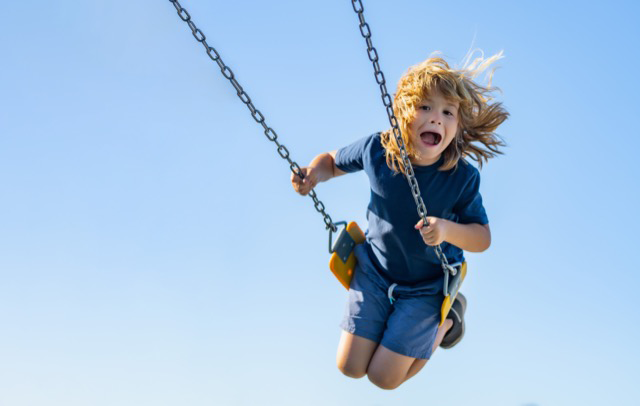


Early intervention
Before the age of six is a critical period for rapid brain development, especially before the age of three, which is the golden period for child development. During this time, children develop abilities in gross motor skills, fine motor skills, cognition, language, social interaction, and emotional regulation. To ensure that children with developmental delays or those at risk of developmental delays can acquire the skills needed for future life and reduce inconveniences later on, therapy during this stage is particularly important.



Sensory integration
In our living environment, sensory stimuli such as vestibular sense, proprioception, touch, vision, hearing, smell, and taste constantly influence our brain. The brain needs to integrate and process these sensory inputs to produce appropriate and suitable motor responses. However, some children are weaker in integrating and processing these sensory messages, which may lead to frequent falls, poor force control, impulsivity, emotional fluctuations, poor attention, behavioral issues, delayed language development, learning disabilities, restlessness, feelings of frustration, aggressive tendencies, and getting too close when talking to others, affecting their learning outcomes and interpersonal relationships.



ADHD
Attention Deficit Hyperactivity Disorder (ADHD) is a neurodevelopmental disorder commonly seen in children and can persist into adulthood. The three core symptoms of ADHD are inattention, hyperactivity, and impulsivity. Additionally, children with ADHD often experience emotional issues such as low frustration tolerance, mood swings, and irritability, which can affect their performance in learning and social interactions.



Learning disability
A learning disability refers to significant difficulties in abilities such as attention, memory, comprehension, reasoning, expression, perception, or perceptual-motor coordination due to neuropsychological dysfunction. This results in notable challenges in learning activities like listening, speaking, reading, writing, and arithmetic. These difficulties are not directly caused by sensory, intellectual, or emotional disorders, nor by insufficient cultural stimulation or improper teaching methods.






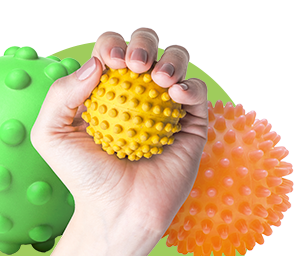
Our Courses
An officially certified team of occupational therapists and internationally recognized professional treatments precisely analyze the fundamental issues of children, designing one-on-one and small group courses that combine creativity and therapeutic effectiveness.

1
3

WE BELIEVE PARENTS
ARE KEY FOR A CHILD’S GROWTH.

We invite parents to join and participate. We engage in open conversations with the parents to discuss session plans, goals, at home activities, child behavior and family interactions. The purpose of this is to reach a deeper understanding of their child’s needs when undergoing sensory integration therapy. We believe parental involvement is crucial in every child’s growth. It will not only kickstart a beautiful life, but also open new opportunities in the future.


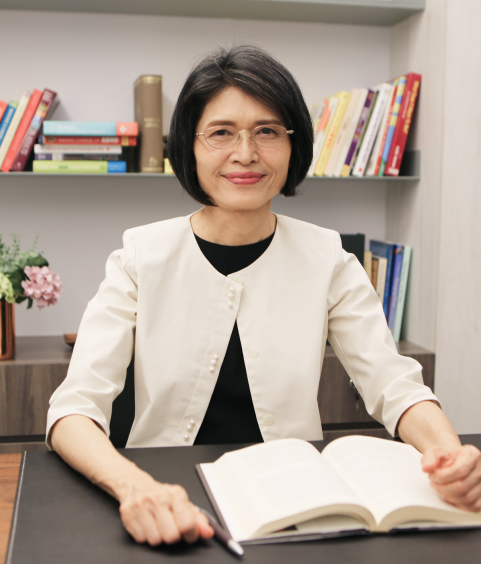
CEO
TUAN-WEN WU
With her rich clinical experience, Ms. Wu has walked side-by-side with parents and children on their journey to overcome trauma and emotional struggles. From its humble beginnings to the company it is today, Ms. Wu has devoted herself to the care of children. She promotes early learning, intensive programs, and teamwork by imparting her beliefs and principles about occupational therapy. It is our greatest hope that more families understand the importance of occupational therapy and how it can help children who suffer from sensory integration dysfunction.







